
 |
Eager Space | Videos by Alpha | Videos by Date | All Video Text | Support | Community | About |
|---|


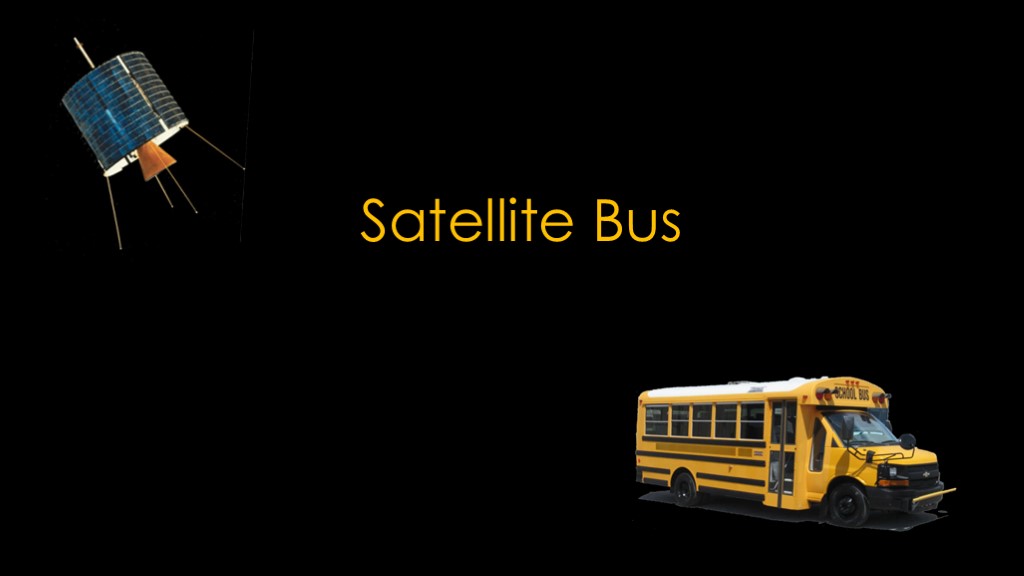
Space people sometimes talk about satellite buses.
We know what a satellite is, but what does that have to do with a bus?
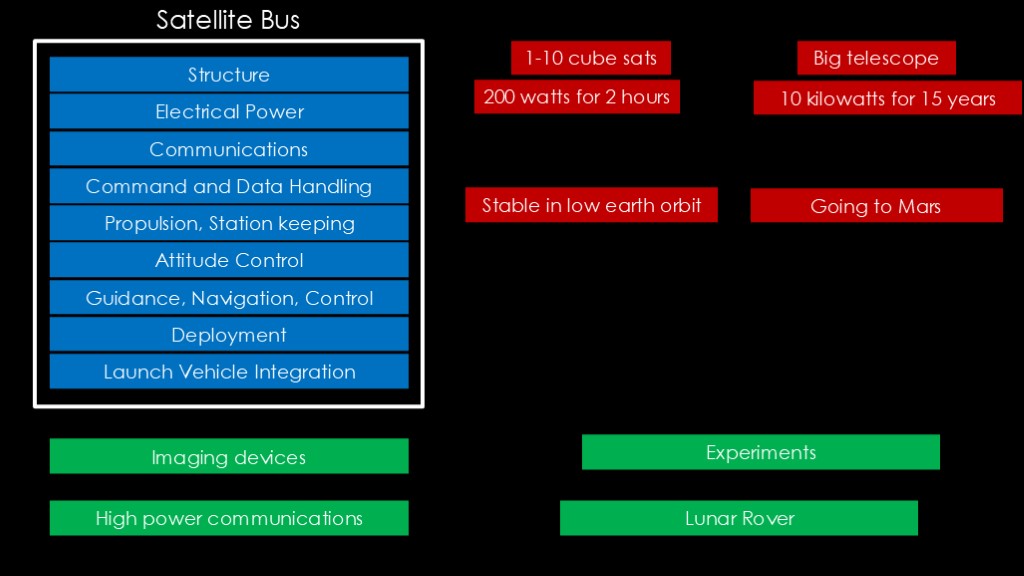
For all satellites, there are some common things we need...
a structure that everything can mount to
electrical power
communications
command and data handling to tell the satellite what to do and to get data back from it
propulsion to move it around and station keeping to keep it where it should be
attitude control to keep it pointing in the right direction
guidance, navigation, and control to make sure it gets to the right place
Deployment to deploy spacecraft parts or other satellites
Launch vehicle integration so we can launch it.
All of those things are built into the main body of the satellite, and that is called the satellite bus. It does all the spacey things so that you can focus on what you care about. You might want to do earth imaging, or high power communications, or experiments, or a lunar rover.
What you want to do will drive what the satellite bus needs to do.
Do you need a big structure or a small one? Do you have tiny power requirements or huge ones? Are you hanging around in low earth orbit or going to mars?
There are many different players in the satellite bus market.
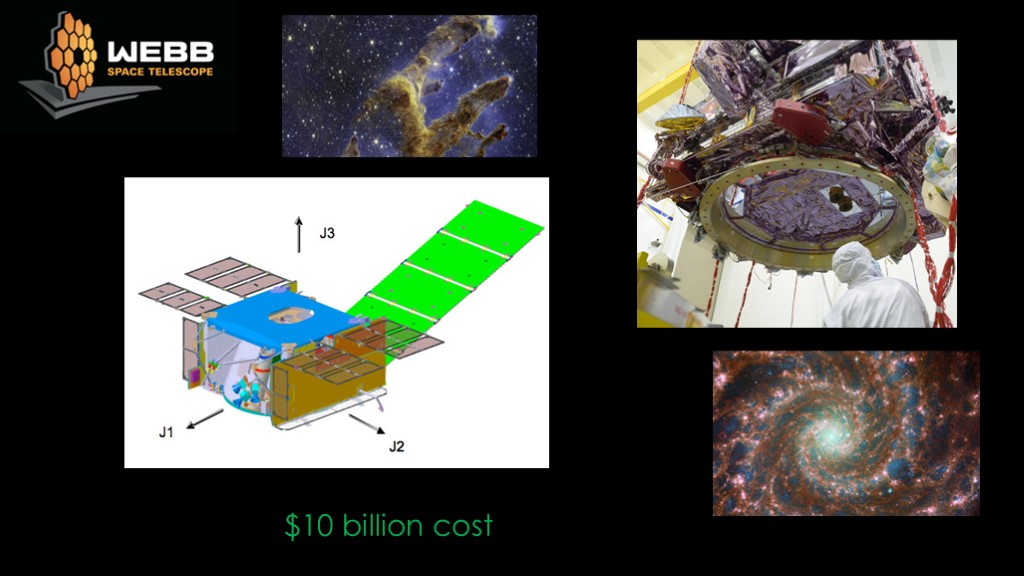
Since the James Webb telescope is a spacecraft rather than a satellite, it has a spacecraft bus.
The spacecraft bus is a fully custom creation to support the requirements of the instrumentation and telescope.
There's no exact cost for the spacecraft bus, but the overall project cost $10 billion and a few billion is a fair guess for the spacecraft bus.
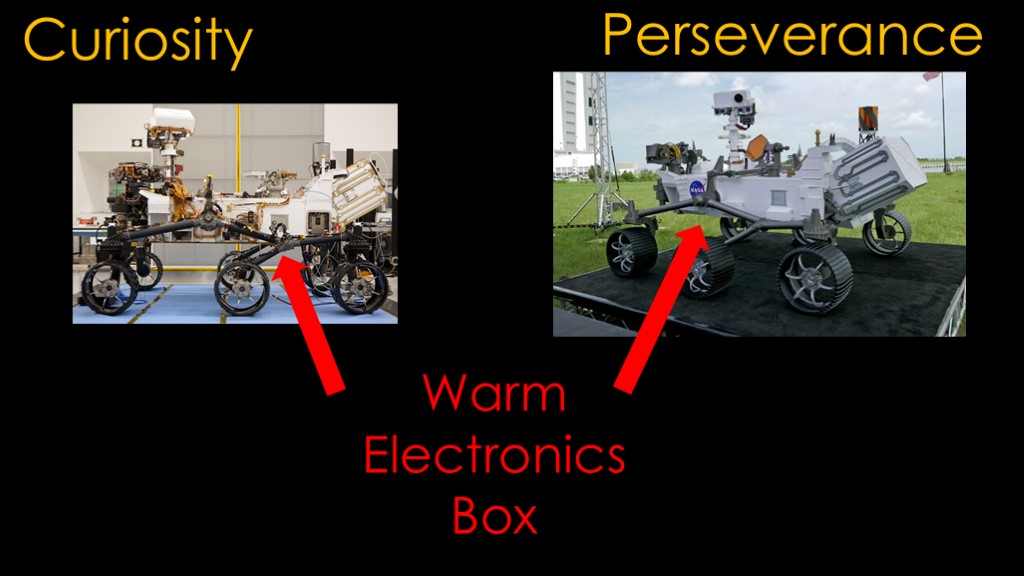
For the Mars Curiousity Rover, the spacecraft bus is the body of the rover, known as the warm electronics box.
NASA reused the basic rover design in the later Perseverance rover.
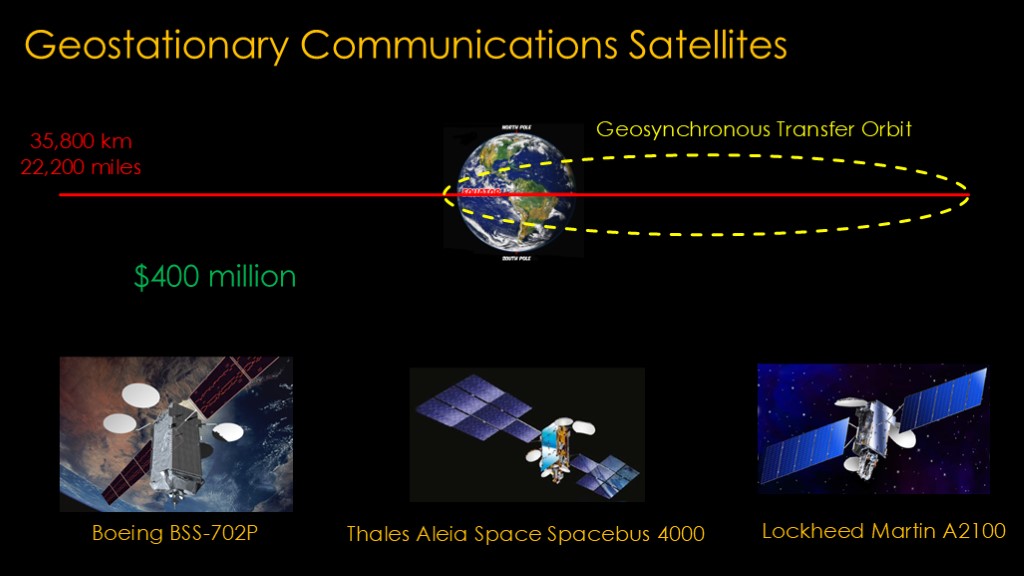
Geostationary communications satellites are very common, and there a number of suppliers that produce satellite buses for this usage. For example Boeing produces the BSS-702P, Thales Aleia Space produces the spacebus 4000, and Lockheed martin produces the A2100. There are a number of other manufacturers.
These are spacecraft buses that are very specialized to the requirements of these satellites - they have enough propulsion to move the satellites from the geosynchronous transfer orbit they are launched to the final orbit, high power systems to operate the satellite, and communications electronics for the satellite to use.
These are very complex satellite buses and are therefore expensive with some of them costing more than $400 million.
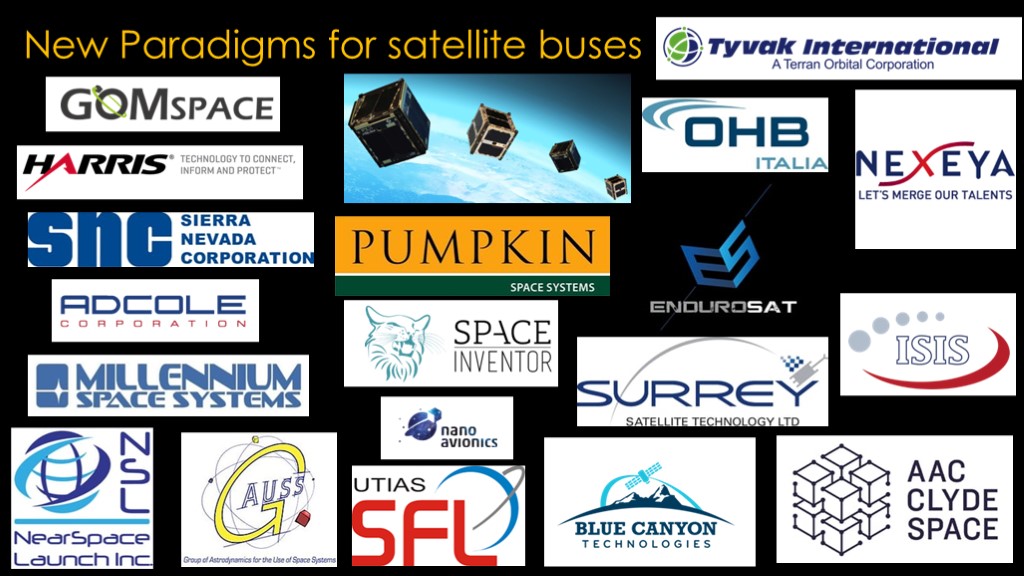
The NASA spacecraft and communications satellite buses are traditional designs that have been costly.
There are, however, some new approaches being used elsewhere in the satellite market. An obvious example is cubesats, and there are many many companies working to provide very small satellite - or cubesat - solutions.
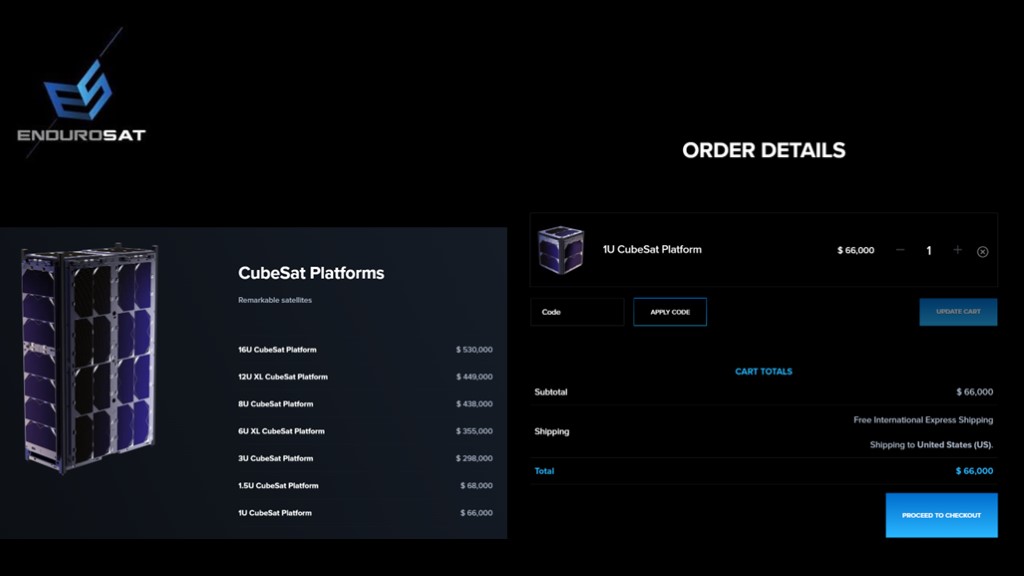
To pick one of those companies, endurosat makes cubesat platforms in many different sizes, and you can go directly on their website and buy one of those platforms. A very different approach than traditional satellite bus companies.
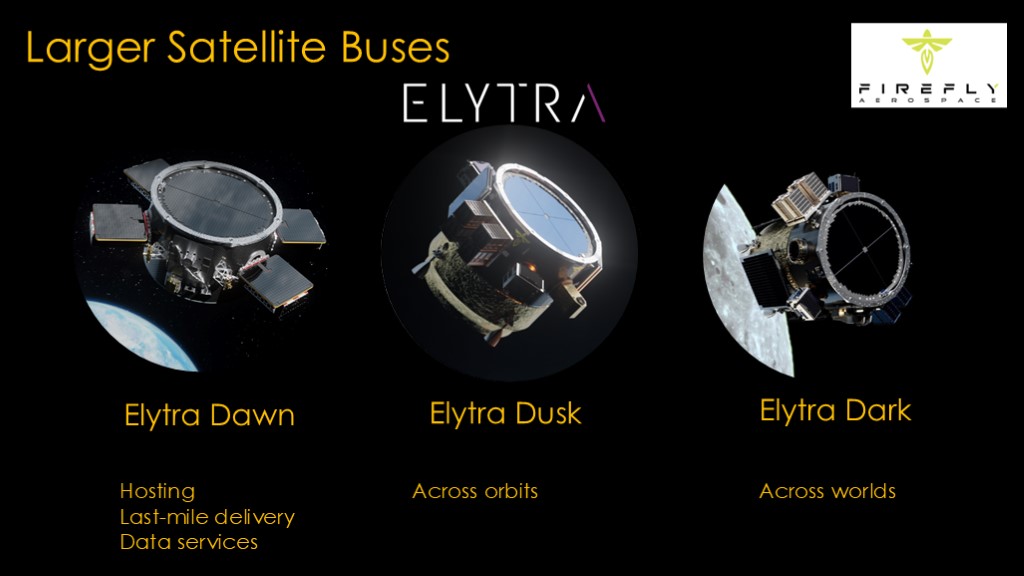
There are other companies working on bigger satellite buses.
Firefly aerospace calls their bus elytra "el itra", and it comes in three versions.
Elytra dawn is the simple one that works in Low Earth Orbit to deliver or host satellites.
Elytra dusk is targeted from low earth orbit to geostationary orbit, with bigger payloads across a wider range of orbits
Elytra dark is designed to support missions to lunar orbit and beyond.
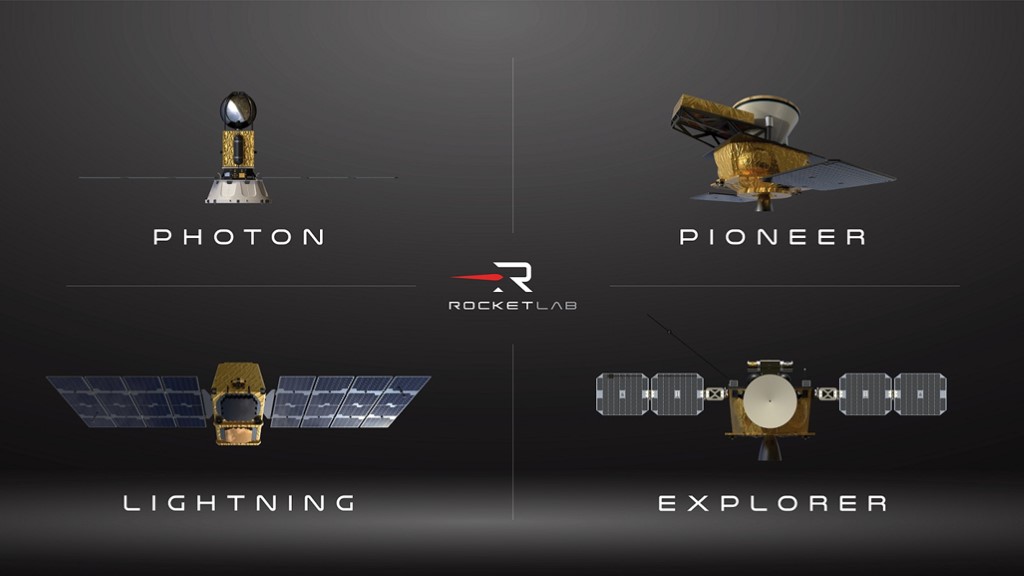
We see the same pattern with Rocket Lab, with four different platforms based on a common heritage of hardware and each platform targeting a specific scenario.
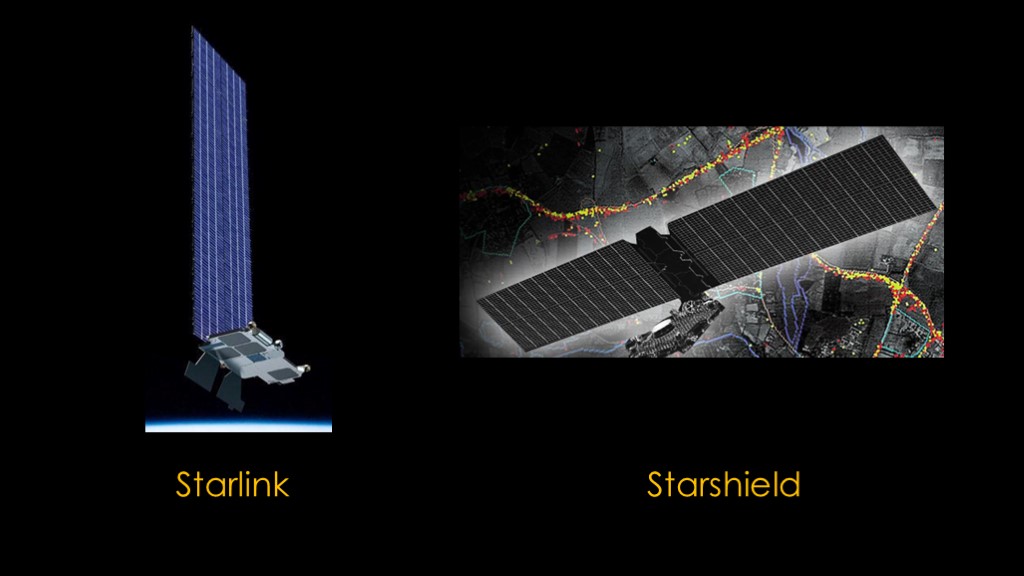
We have also seen SpaceX take their Starlink communications satellite and adapt that satellite bus to Starshield, a satellite for the department of defense.

And that's satellite buses. Doing all the hard spacey stuff so you don't have to.

If you enjoyed this video, please watch the best space bus